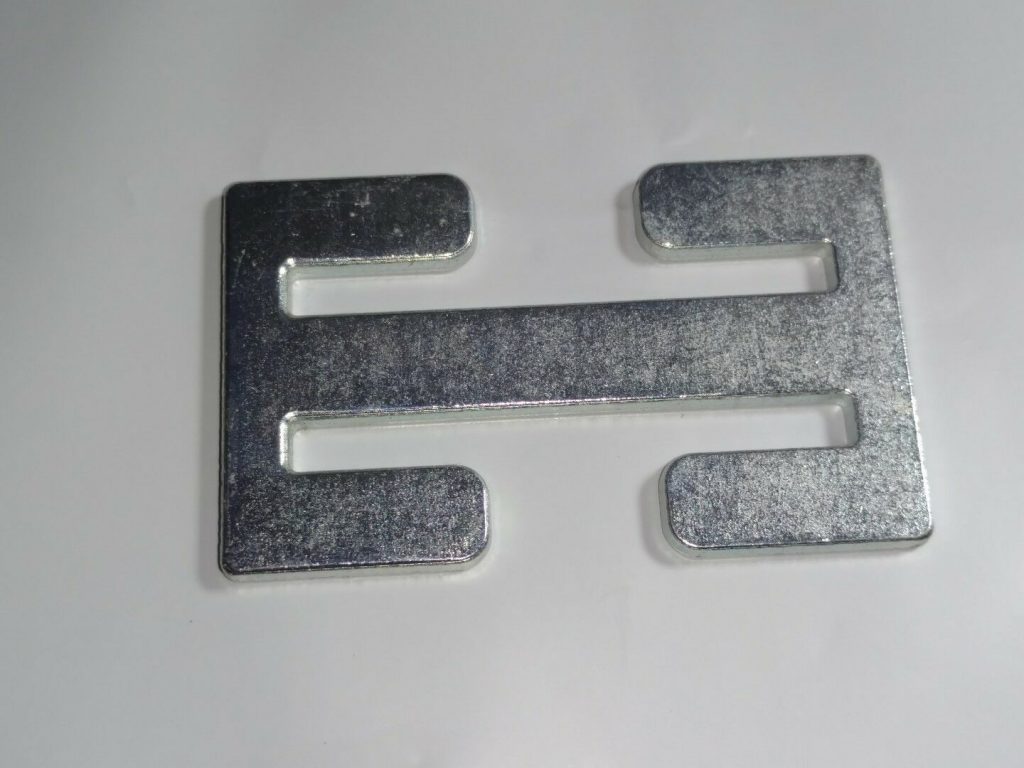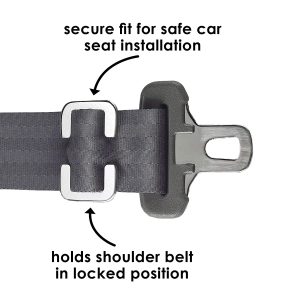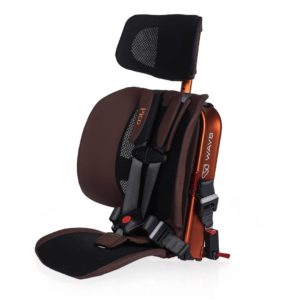Your child’s safety is your utmost priority at all times, of course, but specifically, while riding in the car. It is important to make sure your child is fully protected, and it may be necessary to purchase a seat belt locking clip (also known as a gated buckle) if your car seat doesn’t have one or if you have an older vehicle.
Since 1996, all American cars have been required to have seat belts that lock before a crash. Car manufacturers include seat belts that either lock with a switchable retractor at the shoulder, a locking latch plate, or a switchable latch plate.
However, some seat belt types do not lock, either from a car that was manufactured before 1996 or from a malfunction. When they don’t lock, the car seat can tip to the sides. In these cases, a seat belt locking clip is necessary. A locking clip works by clamping the lap and sash portion of the seat belt near the buckle to prevent slack and ensure a tight install. When installed properly, the seat should not be able to move more than a ½ inch to either side.
What Does a Seat Belt Locking Clip Look Like?

A seat belt locking clip is a small, inexpensive metal or plastic clamp that is in the shape of an I. Most car seats come with locking clips, and they are stored at the bottom of the seat. They may also come in an extra bag.
How Do I Know if I Need a Seat Belt Locking Clip?
Most car seats do not need the seat belt locking clip because they already have secure locking techniques. For example, most American car seats use the LATCH (Lower Anchors and Tethers for Children) system, and a locking clip is not necessary in this case.
In addition, many of the newer seats come with built-in locking mechanisms, called “lock-offs” either on both sides of the seats or in the center and don’t need a locking clip. A locking clip is also not necessary in a lap-belt only installation.
The Chicco KeyFit car seats have a simple but effective lock-off under the belt path and on both sides of the base. Newer Britax seats have a feature called Click Tight, which is a type of lock- off. Graco features a built-in lock-off called SnugLock. Because there are many “types” of lock-offs, be sure to read your car seat’s user manual thoroughly to see if yours does, as well as how to use it.
Here are some instances where you would need a locking clip:
- If you have a car seat without a LATCH system or a lock-off system
- If the shoulder belt in your car does not have the locking features
- If your vehicle has emergency locking retractors on the shoulder belts (meaning the seat belt will only lock upon sudden stops or crashes)
- If your vehicle was made before 1996
- If you have a damaged latch plate or retractor
- If your seat belt locks at the latch plate but does not lay flat and stay locked
Even if you don’t need a seat belt locking clip now, it never hurts one to have handy, especially if you’re traveling. Infant car seats typically have a lock-off system, but it’s built into the base instead of the seat. While traveling internationally, you probably won’t want to bring the base with you, so having a seat belt locking clip is a good idea.
What Do I Look for When Purchasing a Seat Belt Locking Clip?
There are two main factors to consider when shopping for a seat belt locking clip: durability and compatibility.
Regarding compatibility, the good news is most locking clips are universal and will be a good fit for any car seat. Thick metal locking clips, as opposed to plastic ones, are best for durability. Read reviews when looking for a locking clip.
You can buy a locking clip at most retail stores like Walmart or Target or online. Thankfully, they are inexpensive and very effective!
How Do I Install a Locking Clip?

First, make sure you have read the instruction manual for both the vehicle and the car seat for specific instructions on how to install a locking clip. The vehicle manual will tell you what kind of seat belts your vehicle has, and the car seat manual will let you know what kind of seat belts can be used with the car seat, along with any additional locking features. Generally, you will find the steps there.
Here are a few requirements for a seatbelt to be usable with a locking clip:
- It must be a lap-shoulder belt.
- The lap and shoulder belt should be one piece of fabric webbing.
- The sliding latch plate should be able to slide freely along the seatbelt.
First, buckle the seat belt through the car seat and remove all the slack. Then, carefully unbuckle the seat belt but hold onto the belt for an indicator of how tight it should be. Then, attach the locking clip on the belt no more than an inch from the latch plate and re-buckle the seatbelt. You will then need to pull any extra slack and wiggle the seat side to side to make sure it is secure.
When you have the locking clip attached, and the seat belt buckled, check to make sure it’s tight. It should not move more than a half-inch each way.
Here is a helpful video to use a seatbelt locking clip to install a car seat. You can also visit a Child Passenger Safety Technician for assistance.
Bottom Line
Most car seats today come with either LATCH installation or lock-off systems, and seat belt locking clips are not needed. However, if the shoulder belts in your vehicles do not provide locking capabilities or do not work OR if your car seats do not come with locking features, you need a seat belt locking clip.
They can be a pain to install, but this little metal piece could save a child’s life in an accident.




